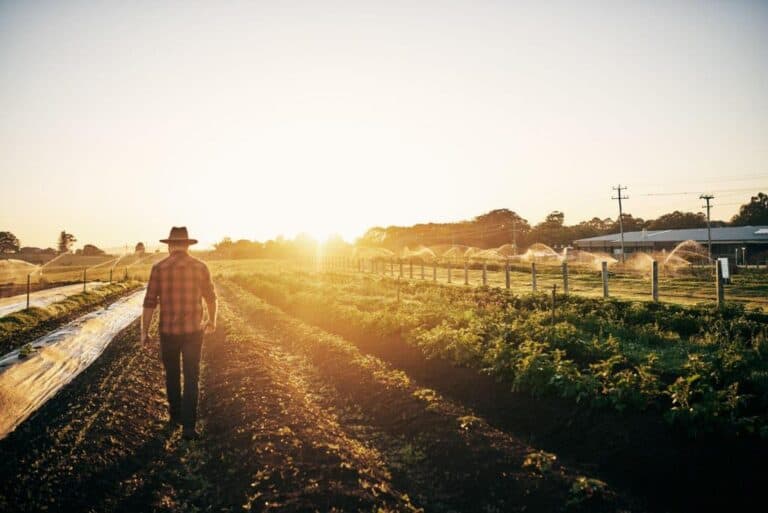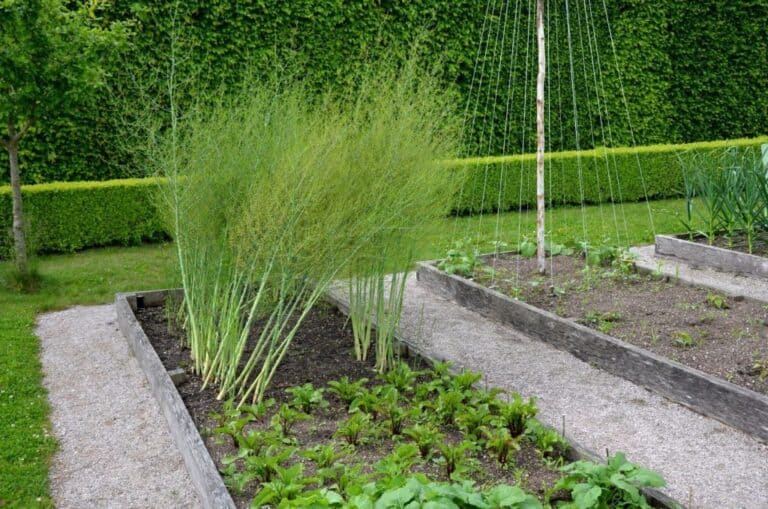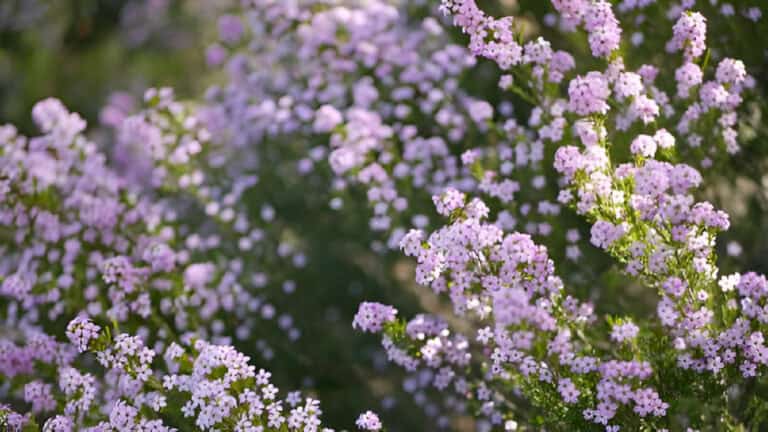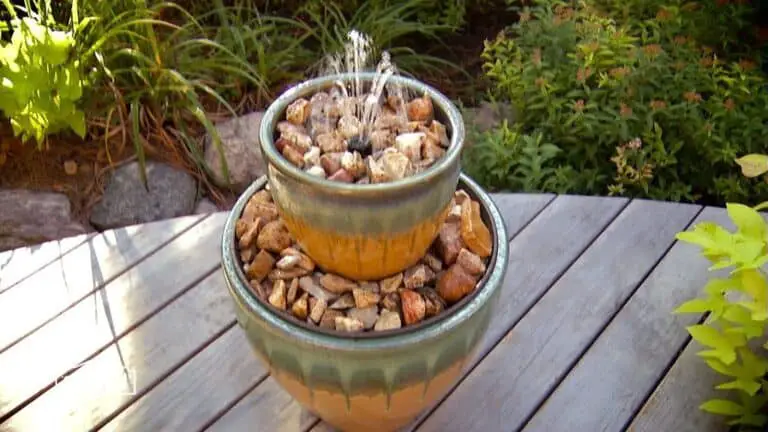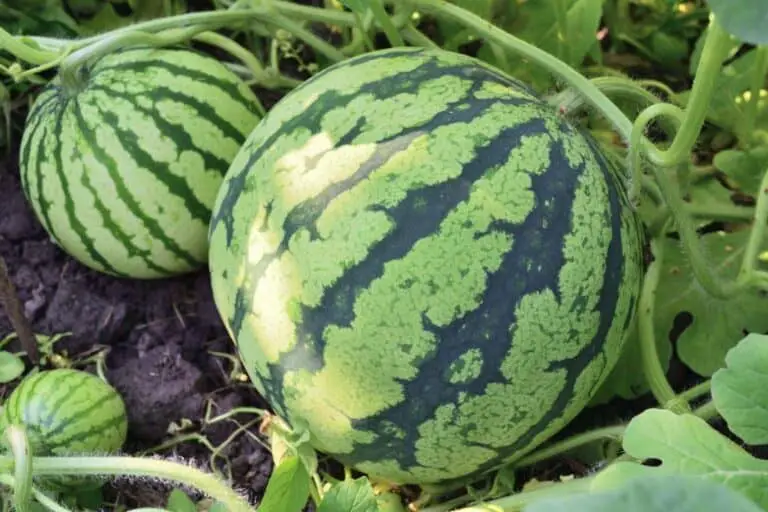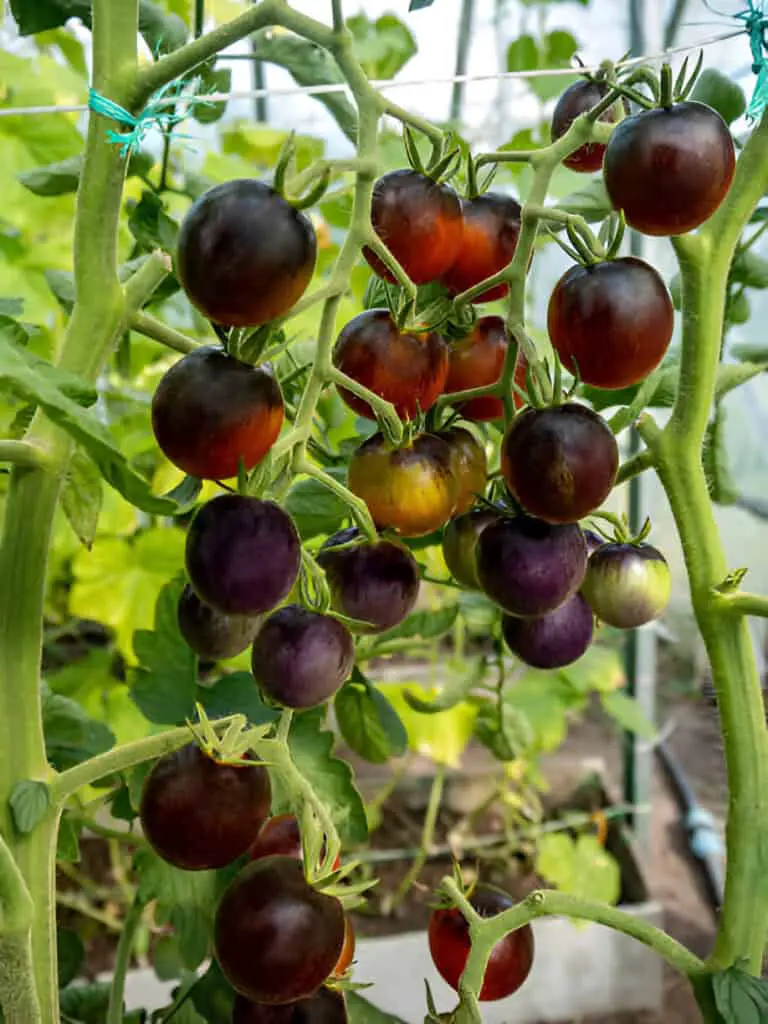What Do Broccoli Plants Look Like When They’re Growing
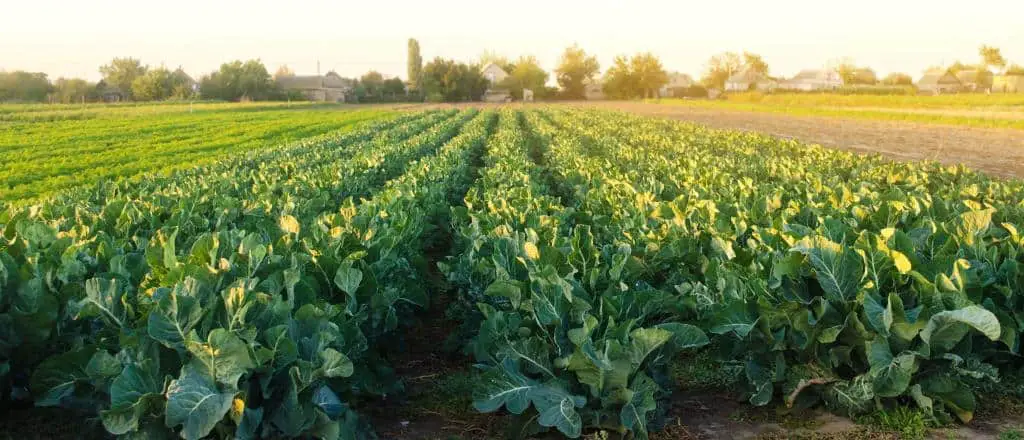
Have you ever wondered what goes on beneath the soil when you plant those tiny broccoli seeds? Picture this: small green shoots emerge, reaching toward the sun, and slowly transform into leafy seedlings with sturdy stems.
As they soak up nutrients and bask in the warmth of sunlight, these humble seedlings grow taller, their leaves becoming larger and more abundant.
But it doesn’t stop there. As these broccoli plants enter the next stage of their journey, something magical happens. A tightly packed head, also known as the “curd,” starts to form.
It’s like watching nature’s architectural masterpiece unfold before your eyes. The head, with its compact clusters of tiny buds, shows hints of the delicious florets that are yet to come.
In this article, we will take you on a visual tour through the remarkable growth stages of broccoli plants. So, let’s dive in and explore what broccoli plants truly look like when they’re growing!
Broccoli Plant Anatomy and Structure
Broccoli plants are fascinating to observe as they go through various stages of growth. From their initial sprouting to the formation of their iconic florets, broccoli plants exhibit unique characteristics at each phase.
To better understand what broccoli plants look like during growth, let’s explore their anatomy and structure:
Root System and its Functions: Below the soil surface, broccoli plants possess a well-developed root system. The primary functions of the roots are to anchor the plant, absorb water and nutrients from the soil, and transport these vital resources to the rest of the plant.
Stem Structure and Growth Habits: The stem of a broccoli plant is sturdy and erect, supporting the leaves and the head. It exhibits a cylindrical shape and grows vertically upward. As the plant matures, the stem thickens and becomes stronger to bear the weight of the floret cluster.
Leaf Morphology and Arrangement: Broccoli leaves are characterized by their deep green color and a slightly rough texture. They have an elongated shape with a pointed tip. The leaves are arranged alternately along the stem in a spiral fashion, allowing each leaf to receive adequate sunlight for photosynthesis.
Floral Structures and Their Purpose: The central floret cluster, commonly referred to as the head, is the defining feature of a broccoli plant’s floral structures. It consists of numerous small flower buds tightly packed together. If left unharvested, these buds will eventually bloom into yellow flowers, indicating the plant’s reproductive phase.
The Life Cycle of a Broccoli Plant
Broccoli plants undergo a distinct life cycle, progressing through several key stages:
1. Germination Stage
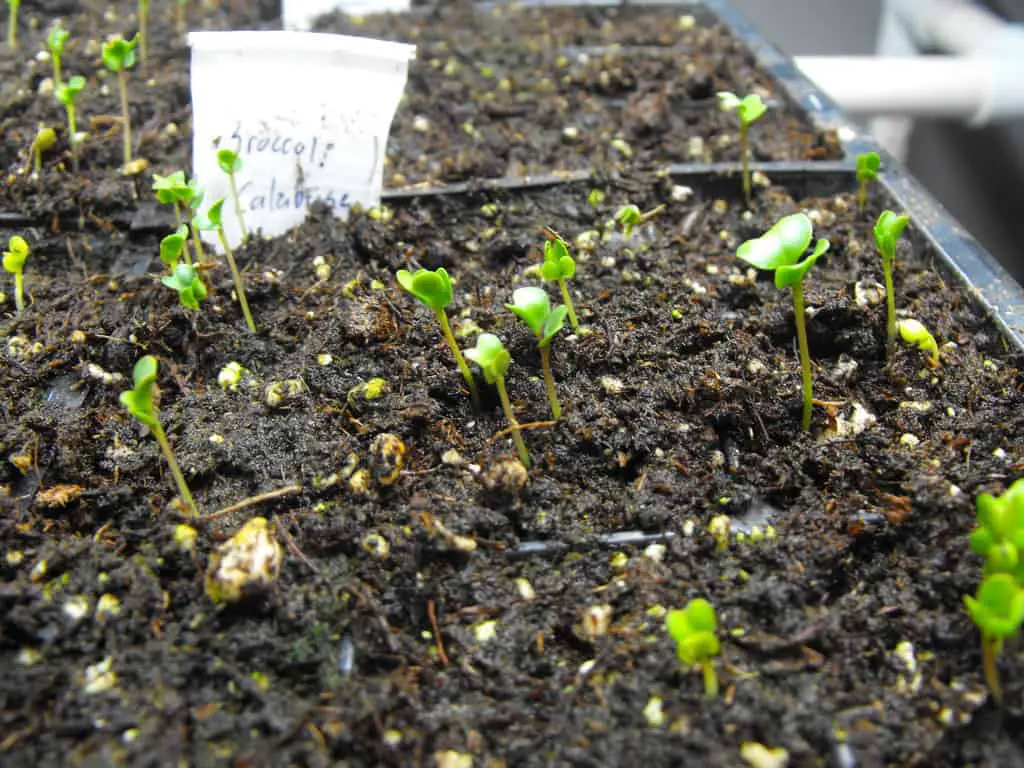
The first stage in the life of a broccoli plant is germination. This is when the broccoli seeds begin to sprout and grow into seedlings. During this stage, you will notice small green shoots emerging from the soil.
These shoots will eventually develop into the main stem and leaves of the broccoli plant. It is important to provide the seedlings with adequate moisture and warmth to ensure proper germination.
2. Seedling Stage
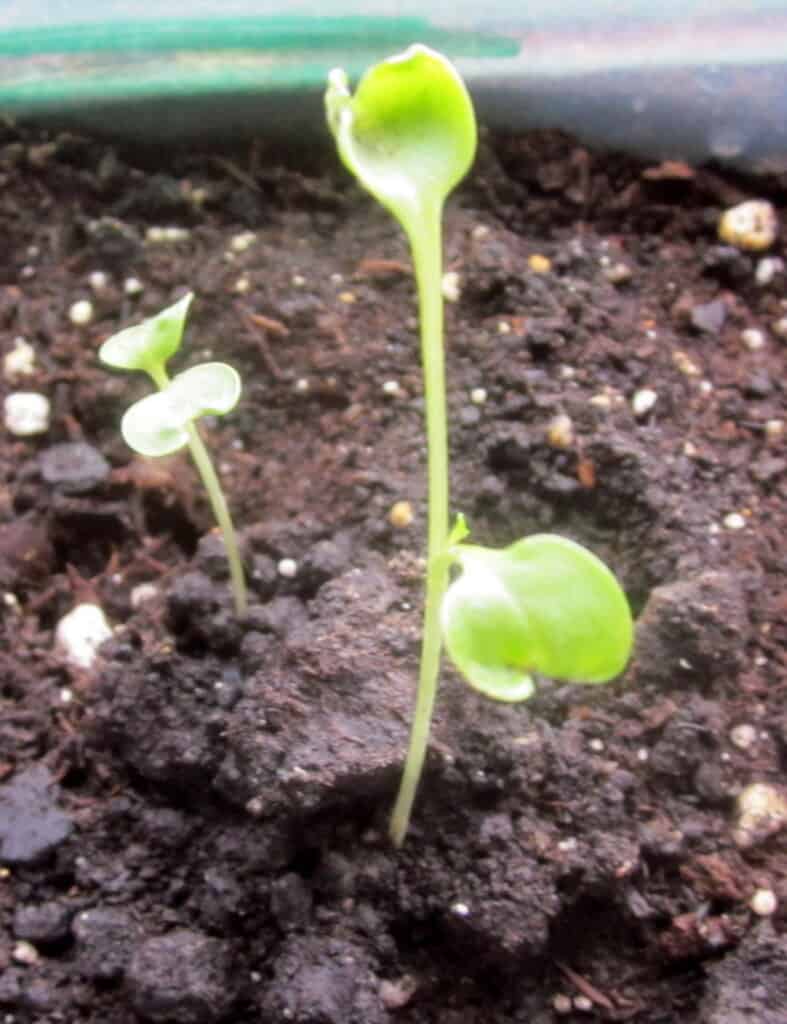
As the broccoli seedlings continue to grow, they enter the seedling stage. At this point, the plants will have several leaves and a more defined stem. The leaves are usually dark green and have a crinkled appearance.
The stems are sturdy and can support the weight of the leaves. At this stage, make sure the seedlings receive enough sunlight, water, and nutrients to promote healthy growth.
3. Vegetative Stage
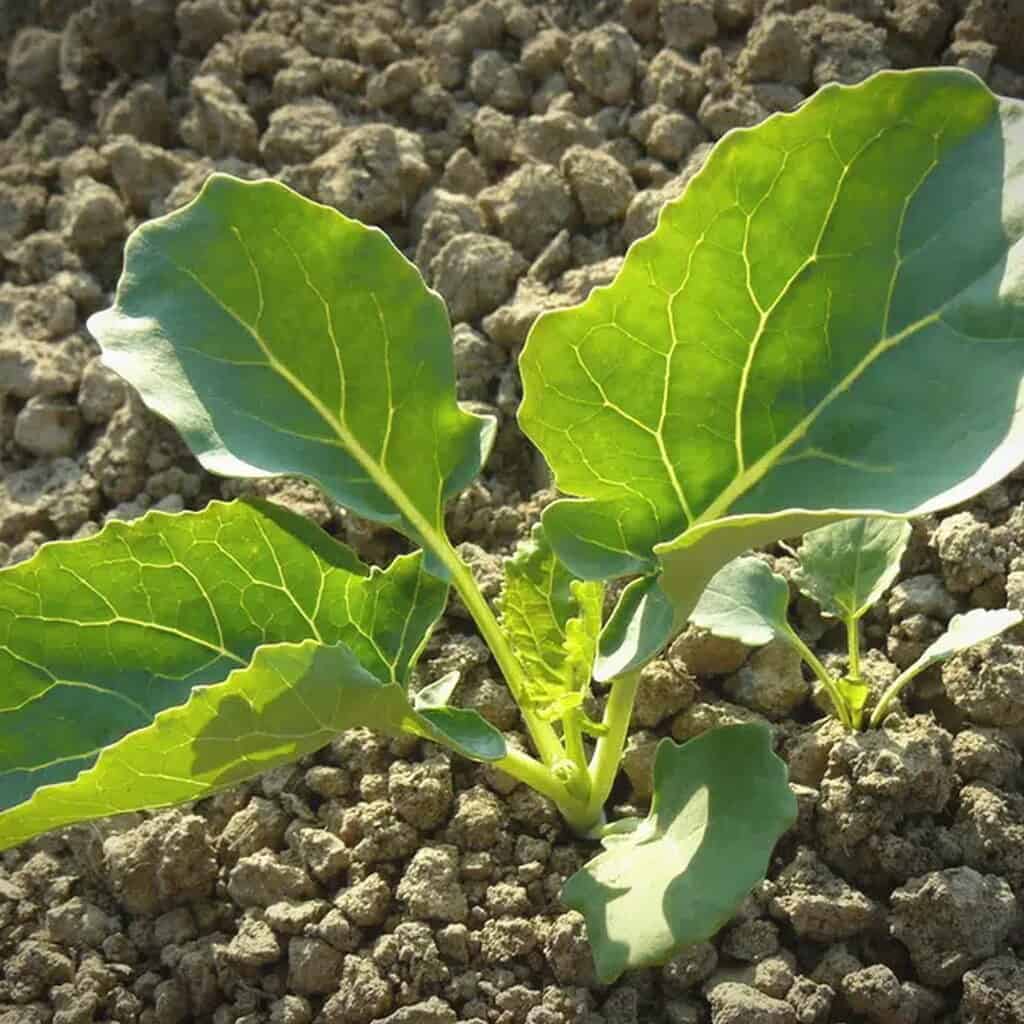
Once the seedlings have established themselves, they enter the vegetative stage. This is when the broccoli plants focus on leaf and stem development rather than producing flowers and florets.
During this stage, the broccoli plants will grow taller, and the leaves will become larger and more abundant. The leaves are typically deeply lobed and have a rough texture. Keep providing the plants with regular watering and fertilization to support their vigorous growth.
4. Formation of the Head
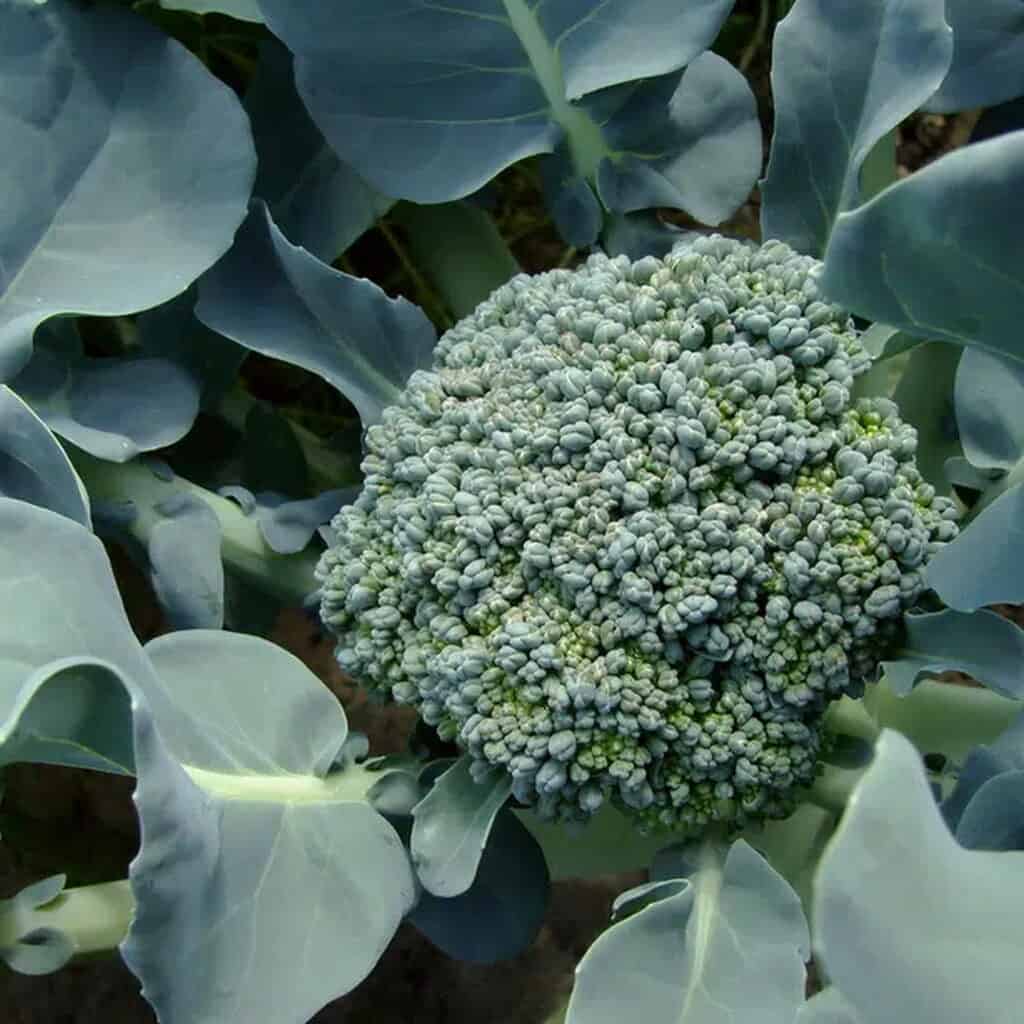
As the broccoli plants continue to grow, they will eventually start forming heads. The head, also known as the curd,” is the central part of the broccoli plant that contains the edible florets. Initially, the head will be small and tightly packed, resembling a cluster of tiny buds. Over time, the head will continue to expand and become more compact.
The color of the broccoli head can vary depending on the variety. Most commonly, broccoli heads are dark green or purple-green. However, there are also varieties with light green, white, or even purple heads. Regardless of the color, the head should have a firm texture and a compact appearance.
5. Floret Development
Within the broccoli head, the florets will start to develop. Florets are small, undeveloped flower buds that are tightly packed together. They are what we commonly refer to as the “broccoli florets” that we consume. As the florets mature, they will gradually separate from the main head and become more distinct.
The florets themselves have a unique appearance. They are typically small, rounded, and have a textured surface. The color of the florets can vary depending on the variety and maturity. Generally, the florets start off as a vibrant green color and gradually turn darker as they mature.
6. Full Maturity
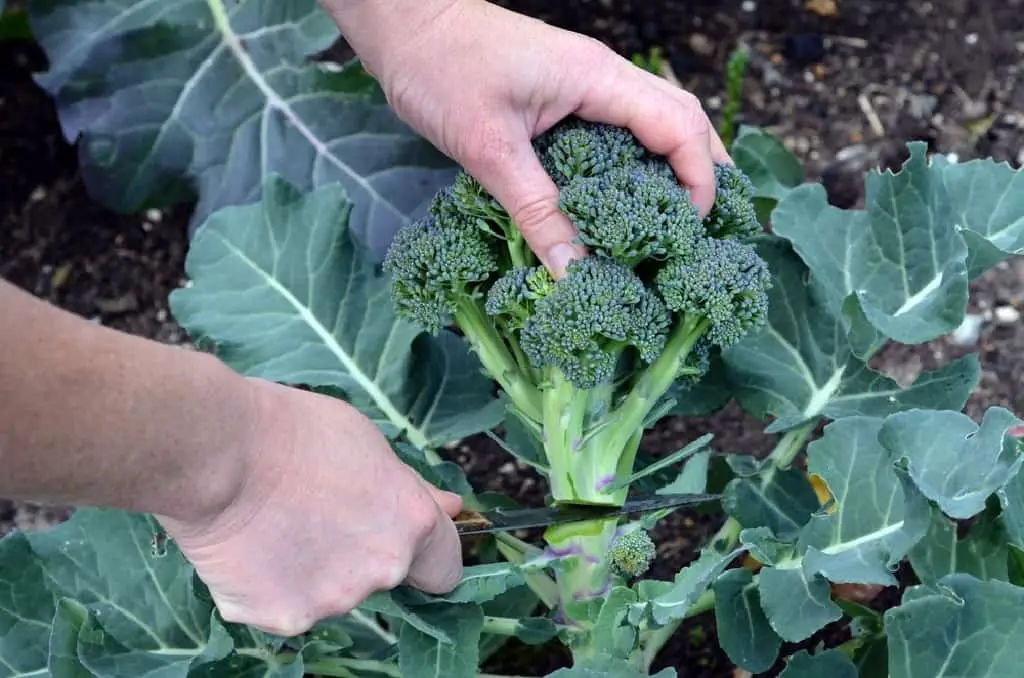
Once the broccoli head reaches its full maturity, it is ready for harvest. At this stage, the head should be fully formed and tightly packed with mature florets. The color of the head and florets should be vibrant and uniform. Avoid harvesting the broccoli head too late, as overripe heads may have opened florets or a yellowish appearance.
Table: Summary of Broccoli Plant Appearance During Growth Stages
| Growth Stage | Appearance |
| Germination | Small green shoots |
| Seedling | Dark green leaves, sturdy stem |
| Vegetative | Taller plants, large lobed leaves, rough texture |
| Formation of the Head | Small, tightly packed head, firm texture |
| Floret Development | Developing florets within the head, small, rounded, textured surface |
| Full Maturity | Fully formed head, tightly packed mature florets, vibrant color |
Changes in Color and Texture of Broccoli
As broccoli plants progress through their growth stages, fascinating changes occur in the color and texture of their florets. Initially, the florets appear vibrant green, reflecting the plant’s youthful vitality. However, as the broccoli matures, a stunning transformation takes place.
The green color deepens, displaying richer shades of emerald, while the surface texture becomes more compact and tightly clustered. These changes are a testament to the plant’s maturation process and the concentration of nutrients within its florets.
Simultaneously, the texture of broccoli florets evolves, lending an intriguing dimension to their culinary appeal. Young broccoli boasts a tender and crisp texture, making it an ideal choice for raw preparations or lightly steamed dishes. As the plant matures, the texture gradually becomes denser and more fibrous. This evolution in texture offers a delightful contrast when cooked, resulting in a satisfying bite with a slight crunch.
While these color and texture changes during broccoli maturation are natural and expected, pay attention to signs of over-ripeness or spoilage. Broccoli that has reached an overripe stage may exhibit yellowing or browning of the florets, indicating a decline in freshness and flavor.
Additionally, the texture may become excessively mushy or slimy, indicating spoilage and rendering the broccoli unsuitable for consumption. By recognizing these signs, we can ensure that we enjoy broccoli at its peak, both in terms of taste and nutritional value.
Environmental Requirements for Growing Broccoli
For broccoli plants to thrive, certain environmental conditions must be met:
Optimal Temperature and Climate Conditions: Broccoli plants prefer cool temperatures ranging between 60°F and 70°F (15°C and 21°C) during their growing season. Broccoli can tolerate mild frost but is sensitive to extreme heat.
Soil Preferences and Nutrient Needs: Well-draining soil enriched with organic matter is ideal for broccoli cultivation. The soil should have a slightly acidic to neutral pH level, around 6.0 to 7.0. Additionally, broccoli plants require sufficient nutrients, especially nitrogen, phosphorus,and potassium, for healthy growth. Incorporating compost or well-balanced fertilizer into the soil before planting can provide the necessary nutrients.
Sunlight and Photoperiod Requirements: Broccoli plants thrive in full sun, requiring at least six hours of direct sunlight each day. Ample sunlight ensures proper photosynthesis and encourages robust growth. However, they can tolerate partial shade, especially in hotter regions, where some shade during the hottest part of the day can prevent stress.
Watering and Irrigation Considerations: Broccoli plants have moderate water requirements. It’s crucial to keep the soil consistently moist but not waterlogged. Deep watering at the root level is preferable to frequent shallow watering. Mulching around the plants helps retain moisture and suppress weed growth.
Common Varieties of Broccoli Plants
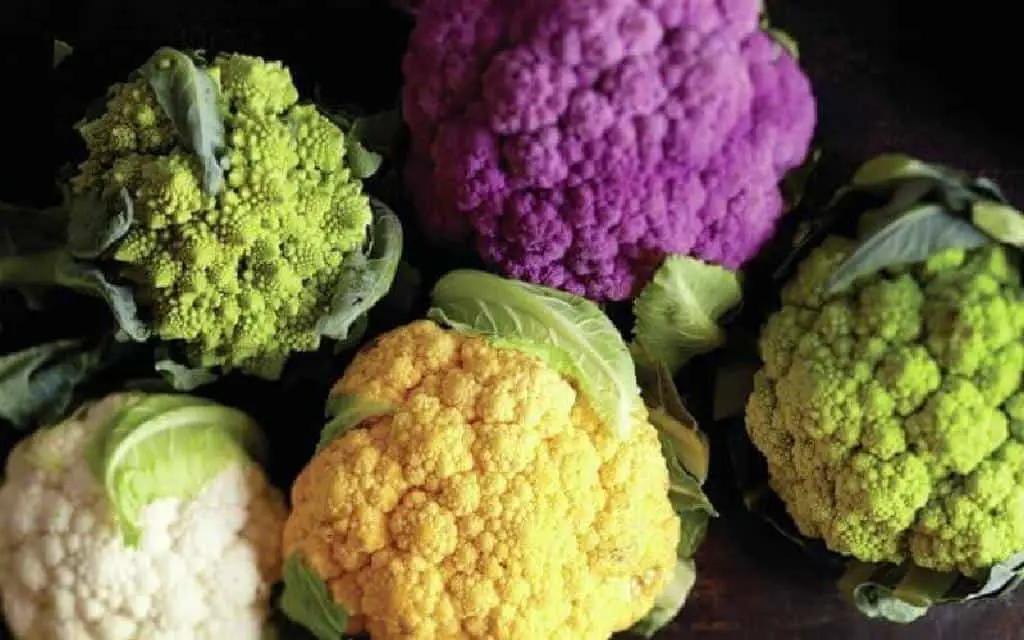
Broccoli comes in various cultivars, each with its own unique characteristics:
Popular Broccoli Cultivars
There is a wide range of broccoli cultivars available, including popular varieties such as “Calabrese,” “Waltham,” and “Belstar.” These cultivars differ in terms of flavor, appearance, and maturity time.
Variation in Head Size, Shape, and Color
The heads of broccoli plants can vary in size, ranging from compact to more loosely arranged florets. Some cultivars produce larger heads, while others yield smaller, bite-sized florets. Additionally, broccoli heads can exhibit variations in shape, with some being domed and others more flattened. The color of the heads is predominantly a vibrant green.
Early-Maturing and Late-Maturing Varieties
Broccoli cultivars are classified into early-maturing and late-maturing types. Early-maturing varieties typically produce heads within 50-60 days, while late-maturing varieties may take 80-100 days or more to reach maturity. The choice of variety depends on the desired harvest time and the growing season in your region.
Disease Resistance and Flavor Profiles
Different broccoli cultivars possess varying levels of resistance to common diseases and pests. Some cultivars are specifically bred for disease resistance, ensuring a higher chance of successful cultivation. Furthermore, the flavor profiles of broccoli can differ slightly among cultivars, with some offering a sweeter taste and others leaning towards a more robust flavor.
Recognizing Signs of Healthy Growth in Broccoli Plants
When your broccoli plants are thriving, they exhibit several signs of robust and healthy growth. Here are some key indicators to look out for:
a. Vibrant and Well-Developed Foliage
Healthy broccoli plants boast vibrant, lush green foliage. The leaves should be sturdy, well-formed, and free from discoloration or damage. They play a vital role in capturing sunlight for photosynthesis, ensuring the plant receives the energy it needs for growth.
b. Uniform Growth and Absence of Wilting
A healthy broccoli plant displays uniform growth, with each stem and leaf expanding at a relatively consistent rate. Wilting or drooping leaves can be a sign of stress or insufficient water uptake. Ensure that the soil remains consistently moist but not waterlogged to support optimal growth.
c. Formation of Tight, Compact Heads
One of the most recognizable features of a growing broccoli plant is the formation of its tight, compact head, or floret cluster. As the plant matures, the florets within the head should remain densely packed, signaling the development of a high-quality harvest. Loose or scattered florets may indicate improper growing conditions or maturity issues.
d. Absence of Pests and Diseases
Healthy broccoli plants are relatively pest-free and resilient against diseases. By carefully monitoring your plants, you can prevent or quickly address any pest infestations. Regularly inspect the leaves, stems, and heads for signs of damage or disease symptoms to ensure the overall health and productivity of your broccoli plants.
Conclusion
Understanding the growth and development of broccoli plants is crucial for successful cultivation. From the germination stage to the formation of the head and eventual maturation, broccoli plants exhibit unique characteristics at each phase. By being aware of their anatomy, environmental requirements, and cultivation practices, you can provide the optimal conditions for your broccoli plants to thrive.
Remember to consider the specific needs of different broccoli cultivars, as their head size, shape, maturity time, and disease resistance can vary. With proper care, you can enjoy a bountiful harvest of delicious and nutritious broccoli.
So, the next time you gaze upon a broccoli plant in your garden, appreciate the journey it has undertaken—from a tiny seedling to a vibrant plant with a tightly packed head. And when you savor the flavors of fresh broccoli on your plate, you’ll have a newfound appreciation for the remarkable growth and development of these remarkable plants.
FAQs
What do broccoli plants look like during the early stages of growth?
In the early stages, broccoli plants resemble small, leafy rosettes. They have compact clusters of delicate, green leaves that emerge from the center. At this stage, they closely resemble other members of the Brassica family, such as cabbage or cauliflower
Can I grow broccoli in containers or pots?
Yes, broccoli can be grown in containers or pots as long as they provide sufficient space for root development and proper drainage.
What are some companion plants for broccoli?
Good companion plants for broccoli include herbs like thyme, chamomile, and dill, as well as other cool-season vegetables like lettuce, spinach, and carrots.
How tall do broccoli plants grow, and what do they look like when fully mature?
Fully mature broccoli plants can reach a height of about 2 to 3 feet. Their main stems thicken and support a large central head, which is composed of tightly packed florets. Surrounding the central head, you’ll notice smaller side shoots, often referred to as “broccoli spears,” growing from the leaf axils.
Do broccoli plants produce flowers during their growth?
Yes, if left to grow beyond the typical harvest time, broccoli plants will eventually produce yellow flowers. These flowers are composed of multiple small yellow buds that open up and form a cluster. However, it’s common practice to harvest broccoli before it reaches the flowering stage, as it is preferred for its tender and flavorful florets.

